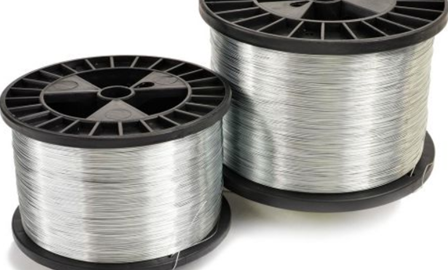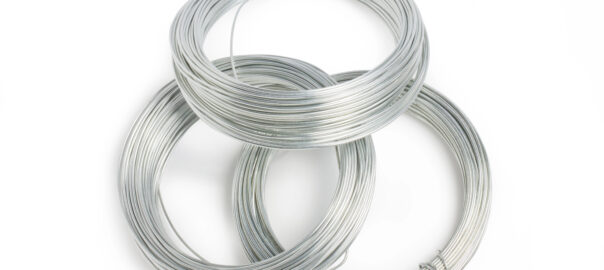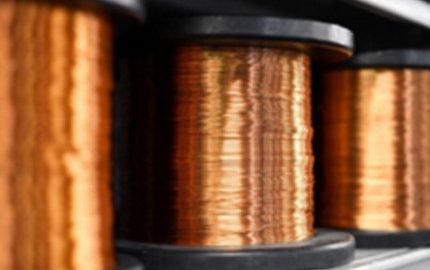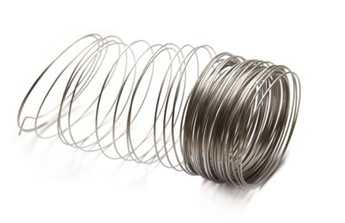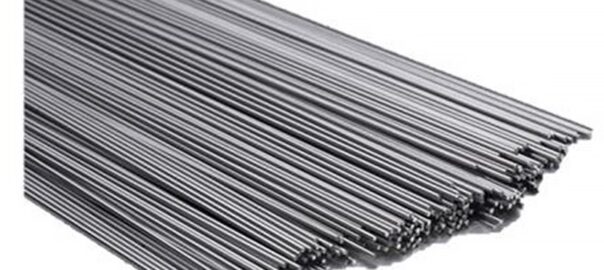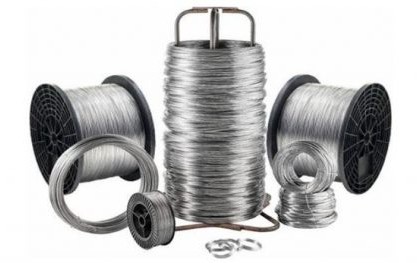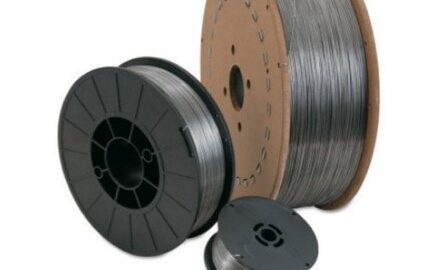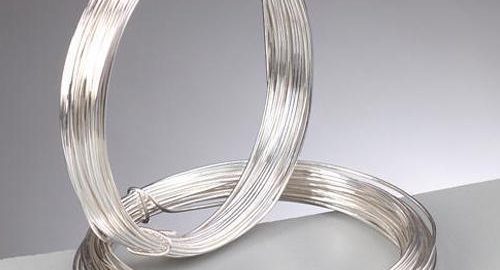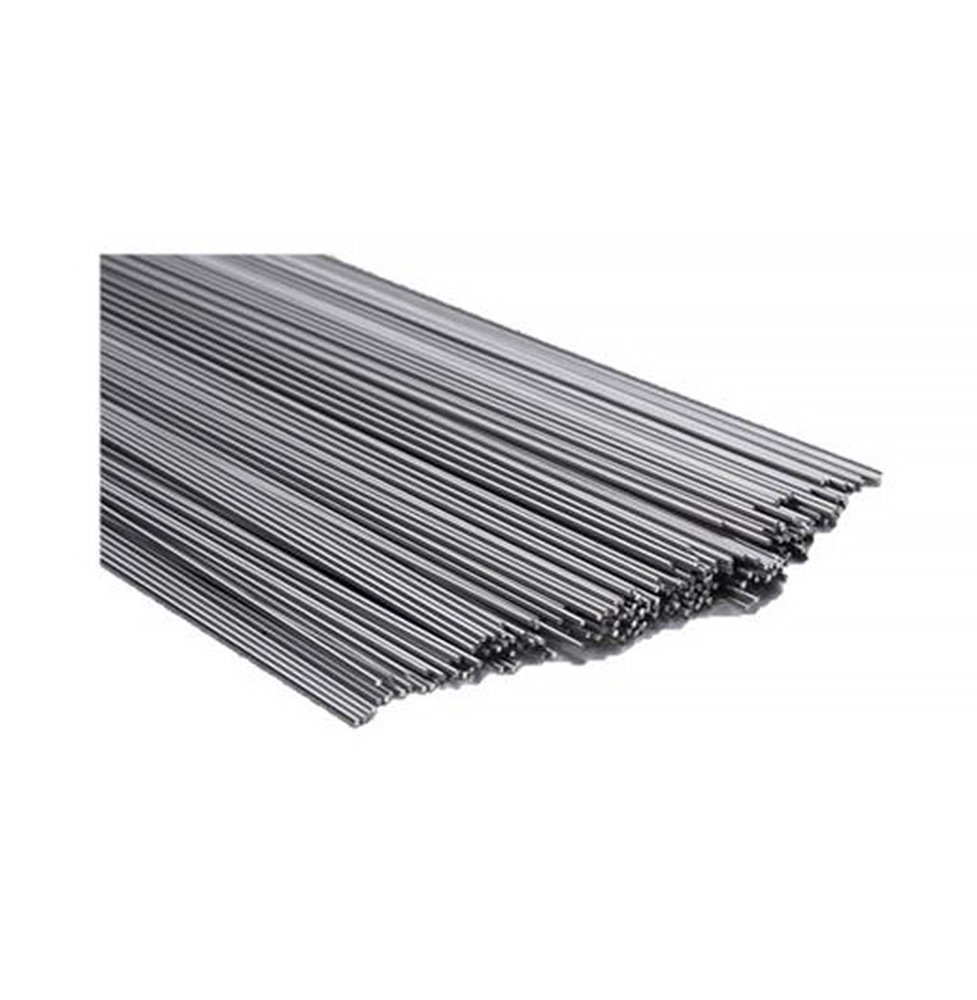
4043 Aluminum Welding Wire is one of the oldest and most widely used welding and brazing alloys. It can be classed as a general purpose type filler alloy. The silicon content gives improved wetting action and lowers the crack sensitivity.
The 4043 welding rods are one of the best choices for repairing materials made from aluminum or aluminum alloys. The 4043 welding rods are also compatible for working with silicon alloys.

Aluminum welding is becoming more prevalent as manufacturers strive to create light, durable products. The choice of filler metal for aluminum often comes down to one of two alloys: 5356 or 4043. These two account for between 75 and 80 per cent of aluminum welding jobs. The choice between the two or another option depends on the alloys of the base material being welded and the properties of the electrodes themselves. Understanding the difference between the two can help determine which is the right fit for your job or if a different option would be more suitable.
Crack Resistance
One of the benefits of 4043 is that it has a high crack resistance, so for welding weldments that are crack-sensitive, it is the better choice. The reason for this is that it is a more fluid weld metal with a very narrow freezing range. The freezing range is the temperature range at which the material is both partially liquid and partially solid. If there is a large temperature difference between the all-liquid and all-solid line, cracking is possible. The benefit of 4043 is that it lands close to the eutectic temperature, where it changes from solid to liquid without much in between.
The fluidity and capillary action that takes place in welding 4043 makes it better for sealing components. For instance, heat exchangers often are welded with 4043 for this reason.
Contact us for more information about 4043 Aluminum Welding Wire.







